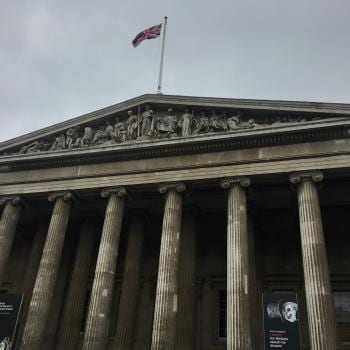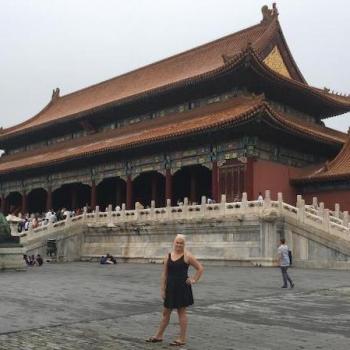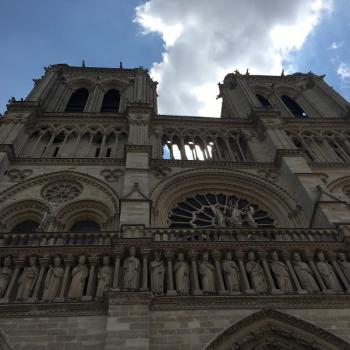Exploring the Sacred within Mississippi National River and Recreation Area
As an American of Swedish heritage, it’s no surprise that I have lots of family in Minnesota. I’ve visited many times throughout my childhood but its only been as an adult that I’ve been able to explore a bit on my own. I have a deep love and respect for indigenous cultures so the last few times I’ve been, I have focused on visiting and learning about local sacred sites. The Mississippi National River and Recreation Area is a 72 mile river park located in the Twin Cities of St.Paul and Minneapolis, Minnesota which contains several areas of significance to local tribes.
Sacred sites within the Mississippi National River and Recreation Area:
- Minnehaha Falls– No trip to the Twin Cities is complete without a visit to these iconic falls, captured so beautifully by Longfellow in his epic poem The Song of Hiawatha– “Hear a rushing and a roaring, hear the falls of Minnehaha….”. The falls are located in Minnehaha Falls Regional Park which has over 190 acres and contains a beautiful walking trail for people of all abilities. This was also the first state park in the United States.
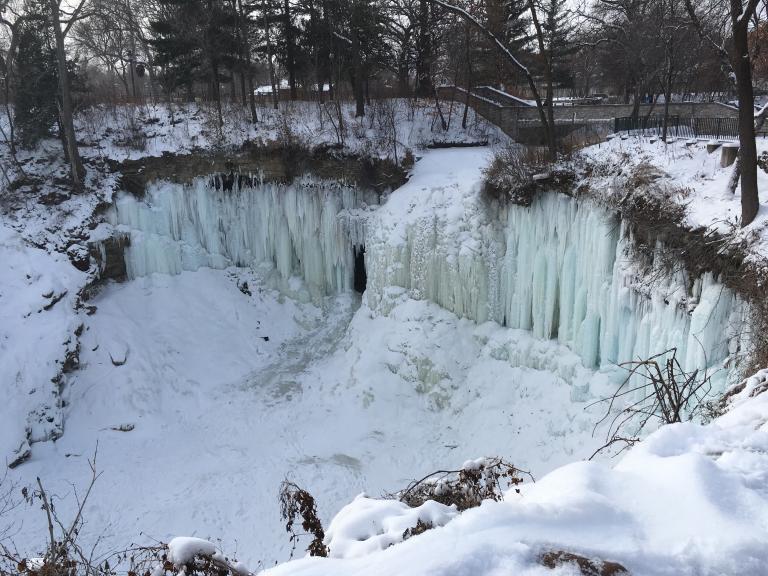
A very beautiful and very frozen image of Minnehaha Falls taken during my last trip there. - St. Anthony’s Falls– The only major waterfall on the entirety of the Mississippi, these falls were once a major gathering place to the native tribes who frequented the area. They hold cultural, spiritual, and political significance today to the Dakota and Ojibwe. Unfortunately, the falls have been dammed several times (most recently in 1963) for power purposes. I still found it meaningful to visit and pay this natural wonder my respects.
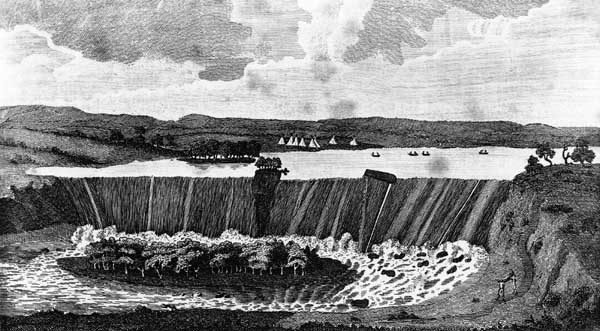
Artistic rendition of the falls, prior to damming (brittanica.com) - Coldwater Spring- Another traditional gathering place for native tribes, Coldwater Spring was added to the Mississippi NRA in 2010. The spring water was once used for specific ceremonies that required sacred water in a sacred landscape. The Dakota god of waters (Unktehi) and the underworld is also said to dwell here.
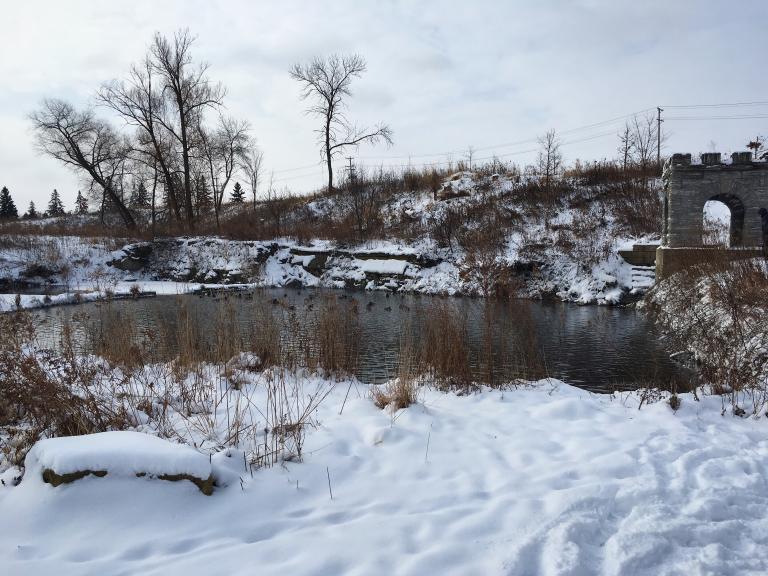
View overlooking Coldwater Spring, taken during my visit there a few weeks ago. - Indian Mounds– Located east of downtown St. Paul is a significant burial mound for at least two tribes, the Dakota and the pre-historic Hopewell. Once there were at least 37 mounds but but due to vandalism and construction, only six now remain.
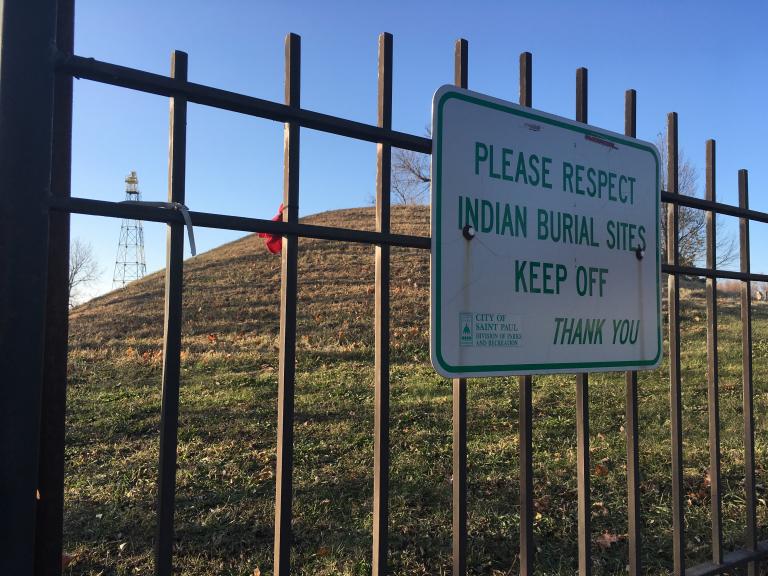
The mounds. - Kaposia Village– Just below the bluff where the mounds are, was the site of a major season Mdewakanton Dakota village. Once home to over 400 people, the inhabitants of Kaposia village were forced to relocate to a reservation after the Treaty of Mendota in 1853.
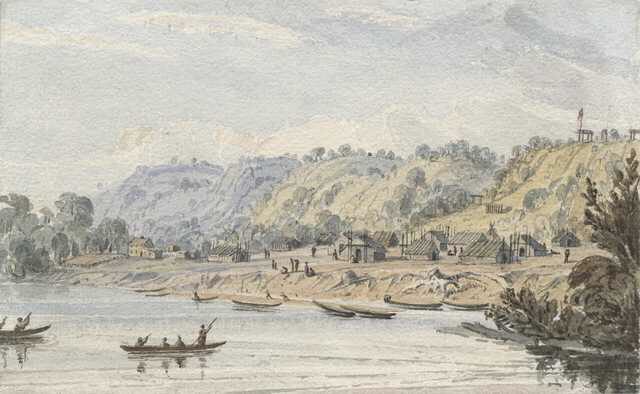
Taoyateduta’s village at Kaposia on the Mississippi River, ca. 1848-1848. Water color painting by Seth Eastman. - Wakan Tipi Cave– Dakota peoples revere this cave, located in the same vicinity as the mounds and Kaposia village, as a dwelling place of spirits. It is thought to have once served as a ceremonial site and later as a landmark to other tribes. It was called Carter’s Cave by white settlers after the British explorer who described petroglyph images of snakes and buffalo etched inside and near the opening of the cave during his first encounter with the Dakota in 1767. Today, the cave is inaccessible but the entrance can be viewed from across a pond in Bruce Vento Nature Sanctuary. The park is currently undergoing a massive effort to rehabilitate the area and is fundraising to open a visitor center that would focus on the spiritual significance of the site. Check out the Lower Phalen Creek Project to find out more or if you’d like to donate.
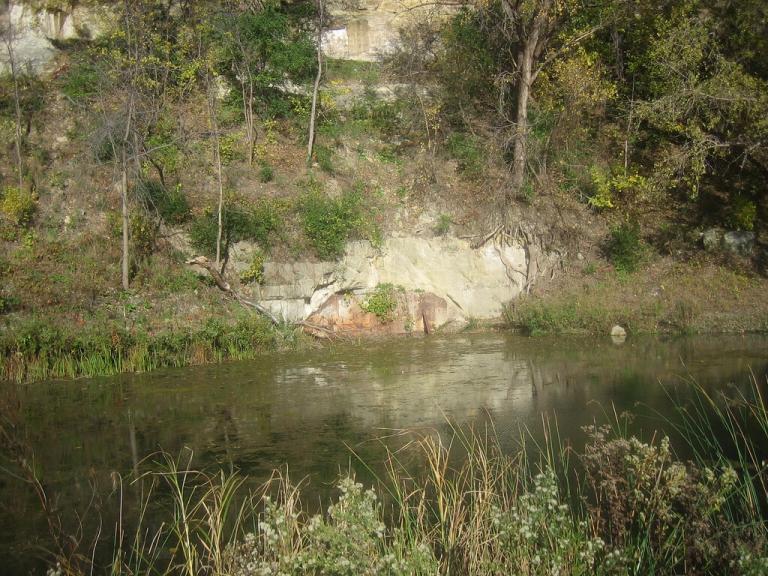
The cave as it stands today, boarded up and only viewable from across a pond.
I have sought here to give a brief description of these sites for anyone who would like to visit. If you do go, PLEASE be very aware of the fact that they are living sacred sites. Do not litter, tamper, desecrate, take anything, graffiti, or trespass.
If you feel called to leave an offering for local land spirits or ancestors, water is suitable and would probably be the best thing if you are not part of or closely affiliated with a tribe and know their customs. I am in no way knowledgeable about the sacred history and traditions of these people, I simply seek to honor and remember in the best way I know how.







